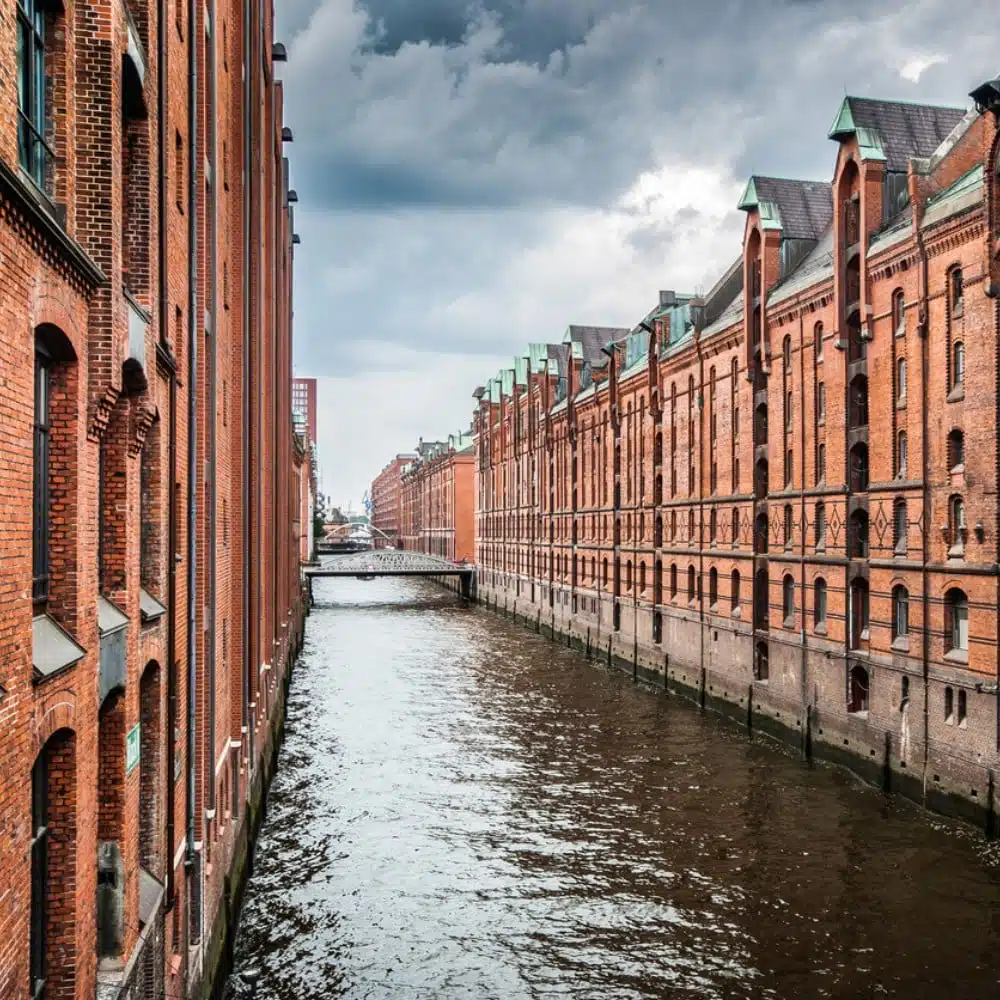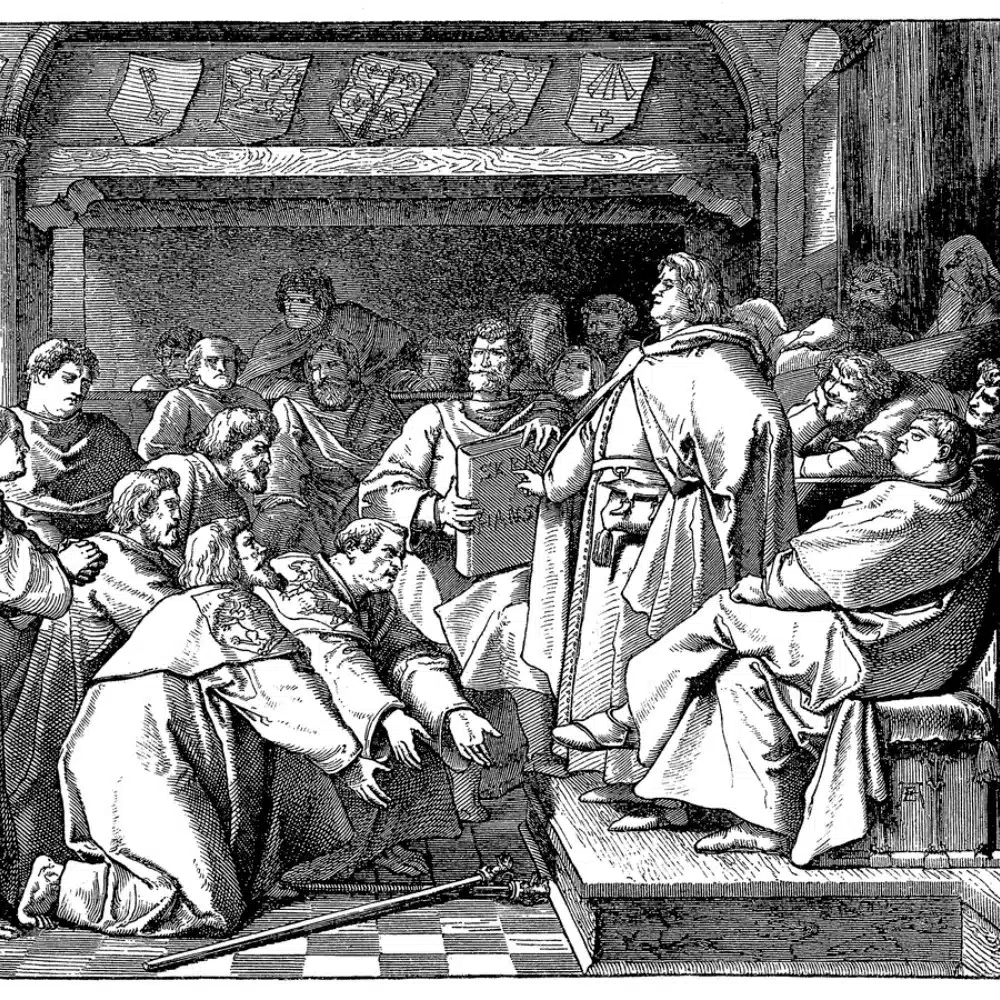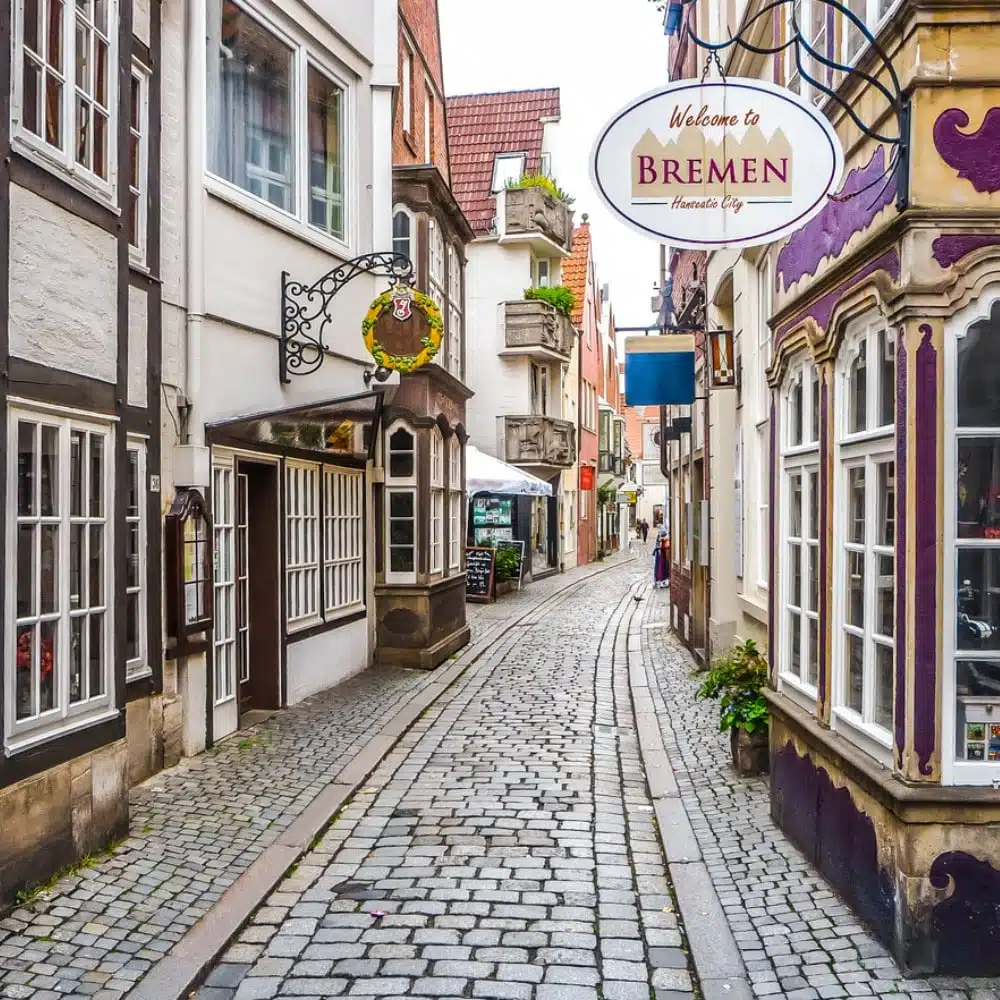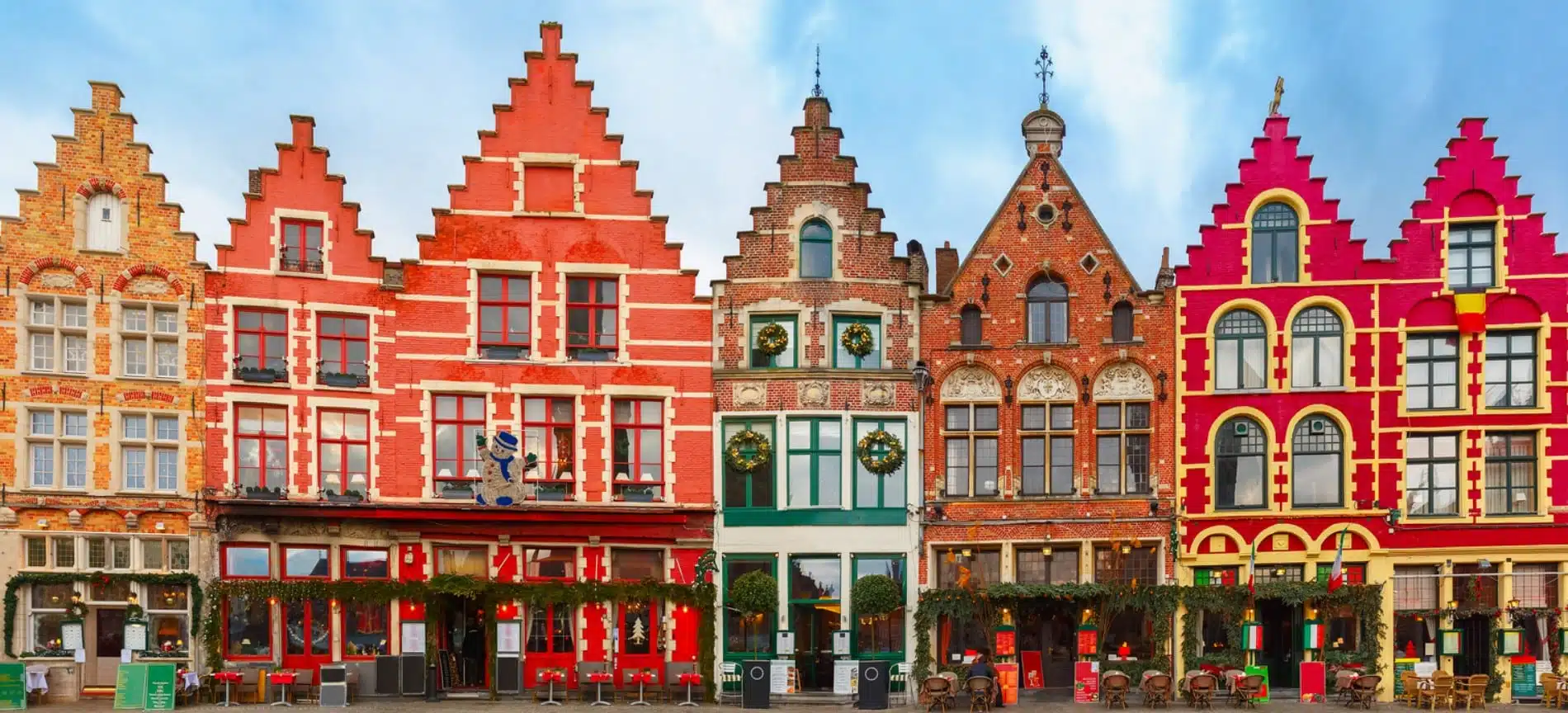Three centuries of commercial supremacy
An unprecedented trade alliance in the Middle Ages that knew neither borders nor central powers, Hansa or the Hanseatic League brought together over 150 trading posts, with the main ones adjacent to the North Sea and Baltic Sea. Let’s find out more.
A new trade route in northern Europe
In 1158, when the town of Lübeck in Germany was founded, it marked the start of new stakes for trade in the North Sea and Baltic Sea areas. The latter was quickly seen as the “West’s gateway to the East” says Hanseatic League specialist Philippe Dollinger in his book The Hanse: 12th-17th Century.
Previously dominated by the Scandinavians (including the Vikings), the Baltic Sea was no longer seen as “a cul-de-sac closed off by icy riverbanks: it was a trade site that opened onto Russian rivers, towards the large markets of Novgorod and Smolensk, where more remote lands, from the shores of the White Sea to the Muslim and Byzantine East, brought rare and exclusive products from far away.”

Trading posts
German villages subsequently sprang up along the coastlines of the Baltic Sea and the North Sea, strengthening existing long-standing economic ties between Cologne and London. “Furs and wax for lighting left from Novgorod. Wood and cereals came from Prussia and Poland, while wool came from England. Manufactured products, mainly sheets, were exported from Flanders until the middle of the 14th century, then from England and Holland after that” explains Jacques-Marie Vaslin, lecturer at the Institut d’administration des entreprises d’Amiens in his article “The Hanseatic League” published by Le Monde in 2005.

To consolidate their economic power and guarantee their markets’ future, Hamburg and Lübeck signed an unprecedented treaty in 1241. Its name, Hanse, has meaning: it comes from hansen, which means to join forces in German. This was a well-chosen name, as over the years many towns joined the federation. According to Dollinger, at its peak, the Hanseatic League included over 150 towns. Along with the main trading posts (Bergen, Bruges, London, Mesen, Naples and Novgorod), there were secondary outposts like Saint Petersburg, Visby, Stockholm, Edinburgh, Antwerp, Dunkirk, Bordeaux, Nantes and La Rochelle.

A free and autonomous confederation
This trade community was extremely innovative for the Middle Ages as it ignored central powers and created its own methods and rules for trade, protection and governance. The towns in the League created their own parliament. They voted on key decisions, removed certain levies and enjoyed reductions in customs taxes. In 1380, they even created their own monetary union based on silver pieces. “The League then imposed its system, forbidding the use of gold coins on penalty of confiscation. This ban was upheld in the Hanse right the way to London and Bruges.” writes Vaslin.

Nothing seemed to rattle this powerful League. Although not a state, it had the same ability to raise an army of mercenaries and intimidate resistant royals. “Denmark experienced this in 1368. The Hanse benefited from a particularly advantageous peace treaty two years later: it managed to renew its privileges and obtain significant compensation.” notes Vaslin.
Political weakness
However, several factors contributed to its demise, like internal dissent, the absence of a central authority, wealth not being redistributed and absenteeism at meetings. Sovereigns also reasserted their authority over these towns that had become too independent. In the 16th century, Luther’s Reformation added religious pipe dreams to already persistent internal conflicts. In 1648, the Peace of Westphalia treaties brought the Thirty Years’ War and Eighty Years’ War to a close and acknowledged the end of the Hanse. Per Jacques-Marie Vaslin, “the Hanse’s weak political organisation got the better of its trading power: there were no pacts, alliances, or statutes, nor any cohesion.” That said, this League remains an outstanding model of commercial union in the Middle Ages.

Photos credits : © Istock

PONANT takes you there
From the Baltic Sea to the British Isles and the Norwegian fjords: visit Northern Europe’s history and experience a complete change of scenery with a cruise.



